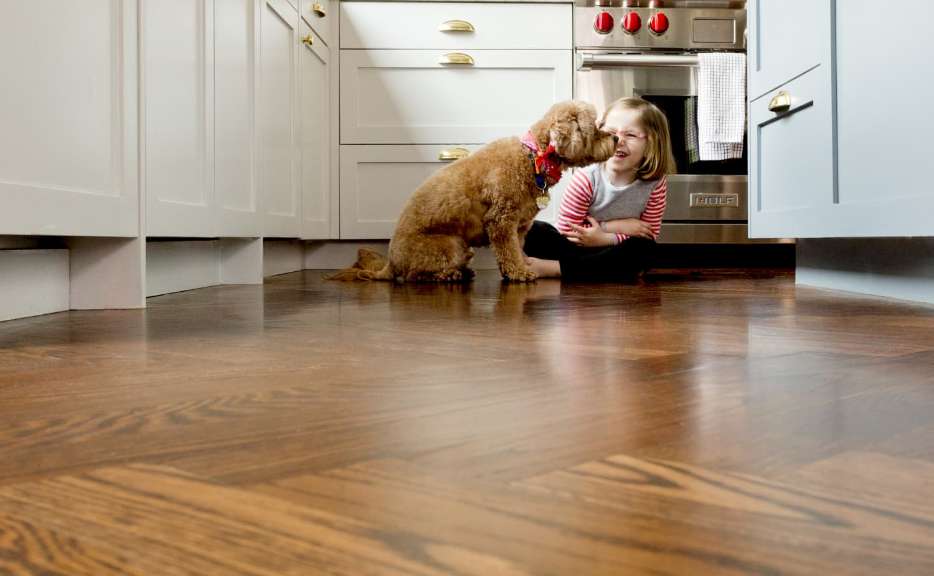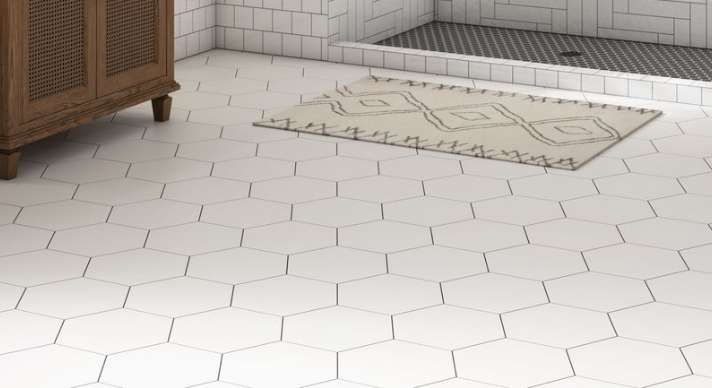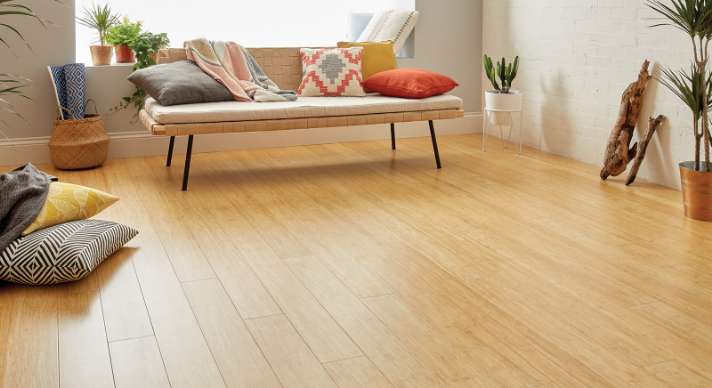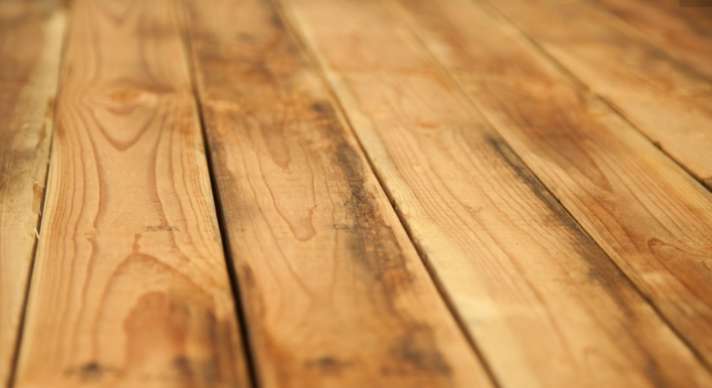Expert Center
A Place to Learn about Flooring
 Resources
Resources
Flooring Basics
Here are articles on getting started, covering when you might need a new floor, common flooring terms, good shopping tips, some pro-and-con pieces, how warranties work, tips on handling your floor installers, and a lot more.
View All Flooring Basics Resources
Resources
What's the Best Floor For...
This is what is says, pieces on the best (and worst) floors for any room in the typical house.
View All Resources Resources
Resources
Waterproof Plank
All about waterproof plank floors, including some comparisons on levels of waterproof and how to pick among them, installation tips, specific waterproof terminology you'll hear, health issues, care & maintenance and much more. This is a well packed section.
View All Resources Resources
Resources
Hardwood Flooring
What kinds are there, what is cabin grade and why do so many people want it, where can they go in the house, what do you need to know before installing, how do you maintain a hardwood floor, the broad and the detailed topics on hardwood are all covered in here!
View All Resources Resources
Resources
Laminate Flooring
Everything you need to know about the most durable wood-look flooring available from what it's made of (mostly wood!), installation tips, laminate vs. other floors, getting your desired look, what AC ratings are (they're big!), troubleshooting, care and maintenance - becsically anything you'd want to know, it's in here.
View All Resources Resources
Resources
Accessories
Where and when do you need padding? Or moisture barriers? What the heck is a 'T-Mold', and when do you need it? Here we go over the main, constant floor accessories, so you'll know what you do and don't need for your new floor project.
View All Resources
Ceramic Flooring

Bamboo Flooring

Carpet

Cork Flooring


 Brown Tone
Brown Tone
 Unfinished
Unfinished
 Red Tone
Red Tone
 Golden Tone
Golden Tone
 Gray Tone
Gray Tone
 Light Tone
Light Tone
 Medium Tone
Medium Tone
 Dark Tone
Dark Tone
 Brown Tone
Brown Tone
 Red Tone
Red Tone
 Golden Tone
Golden Tone
 Gray Tone
Gray Tone
 Light Tone
Light Tone
 Medium Tone
Medium Tone
 Dark Tone
Dark Tone
 Brown Tone
Brown Tone
 Red Tone
Red Tone
 Golden Tone
Golden Tone
 Gray Tone
Gray Tone
 Light Tone
Light Tone
 Medium Tone
Medium Tone
 Dark Tone
Dark Tone
 Multi Color
Multi Color
